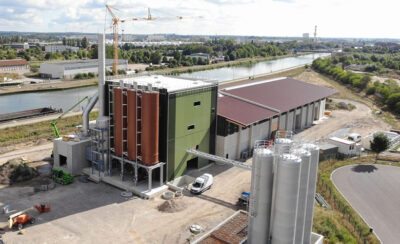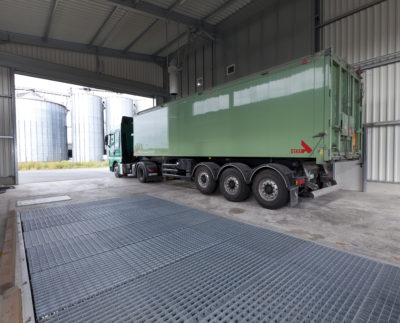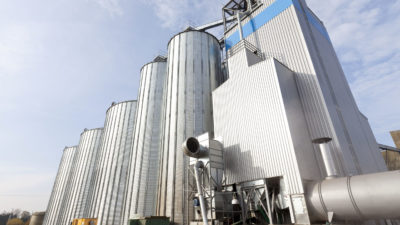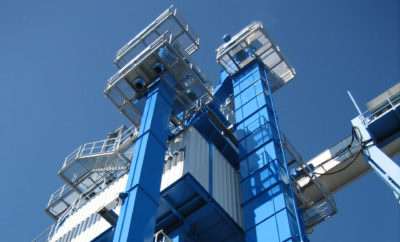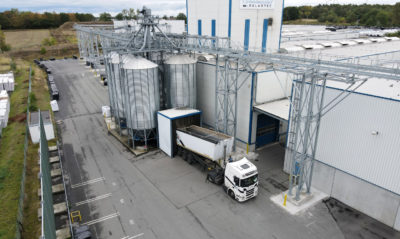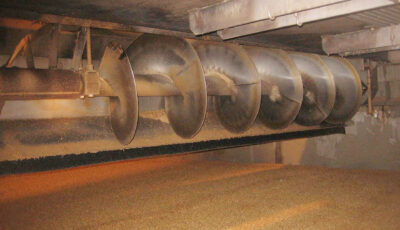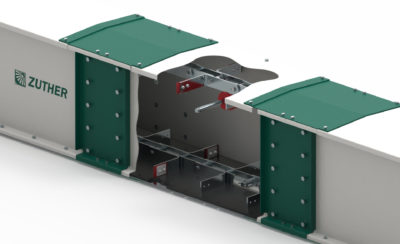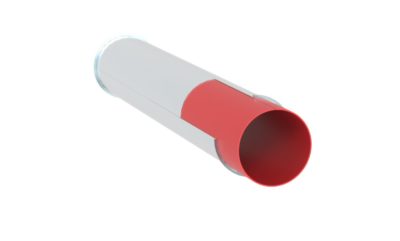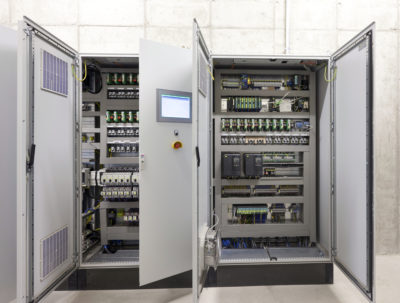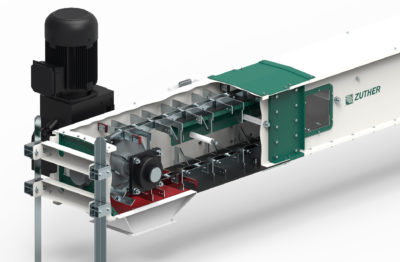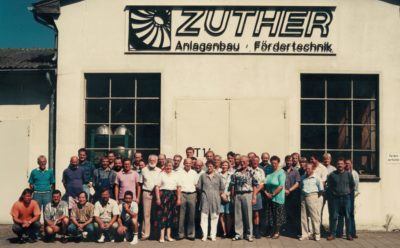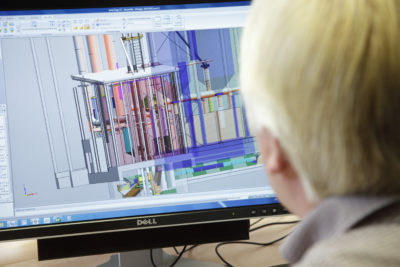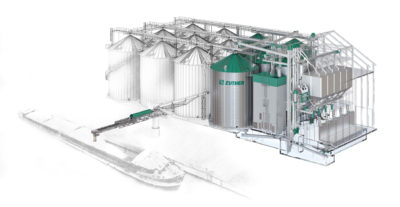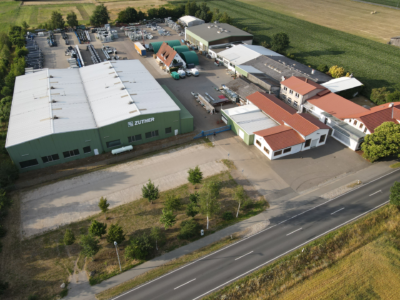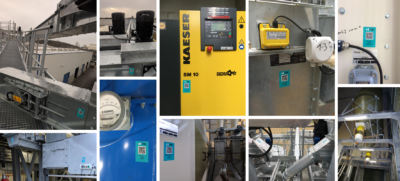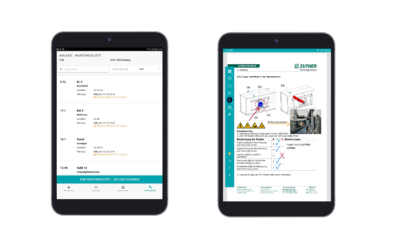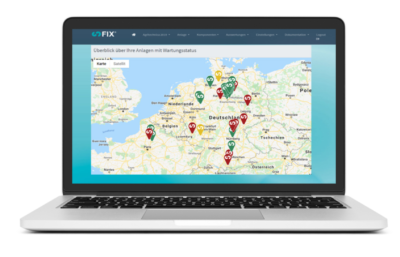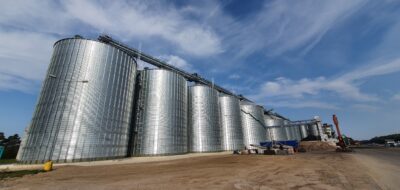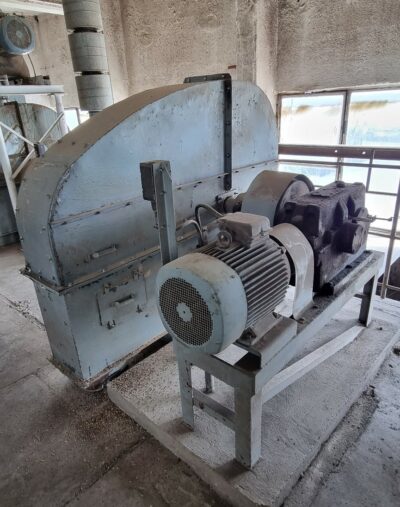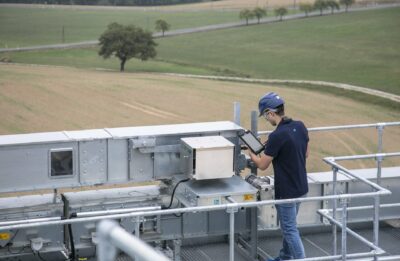
Plant operators and plant owners face the daily challenge of keeping their plants in perfect working order to avoid failures or unforeseen events as much as possible.
The goal is to:
Reduce plant downtime
To have transparency about the current maintenance status
To achieve long running times for the machine
Organized maintenance is required to achieve the goal.
Challenges for the plant operator
The goal of a process-safe plant with a long service life requires professional maintenance. Organization is difficult without overcoming the following challenges:
Scheduling maintenance according to intervals
Ensuring interval-based maintenance requires a great deal of administrative effort. For an average silo plant, approximately 35 – 250 components/machines need to be maintained annually. In some cases, the components have several maintenance intervals per year. Thus, the number of intervals to be planned multiplies quickly and transparency is lost.
Carrying out maintenance
Not all maintenance is the same. The essential effort should be put into the maintenance of the machine. In order to maintain the quality of maintenance at the highest level and to extend the service life of the machines, maintenance should be carried out according to the manufacturer’s instructions.
This requires machine documentation, which is often not available during conventional maintenance. There is no possibility to check what was faulty with the machine in the past or which spare part is needed.
Documentation of maintenance and repairs
Documentation of the maintenance and repairs that have been carried out are often not available, or only in handwritten form. The lack of documentation jeopardizes the transparency of the maintenance status. Pictorial and written documentation is recommended.
The components of a plant must be clearly defined. It is necessary that the components have a consistently unique designation so that all persons involved can identify the machine(s) in question. Suitable means are the flow chart of a plant and the corresponding component list.
Where can digitization increase quality and save costs ?
Digitization can provide support in the maintenance process, especially in documentation, the management of machine-specific documents and compliance with maintenance cycles.
Where can digital maintenance software be usefully employed? Documentation & maintenance cycles.
Machine and plant documents should be as easy to view as possible and clearly arranged for everyone working in the plant and on the machines. With the sFIX maintenance software, the documents can be accessed via QR code on the machines.
Interval maintenance is one of the biggest challenges. An average silo plant has a wide variety of machine categories from different manufacturers.
Components that are maintained at intervals incur less cost over the life of the plant to maintain full plant function, and thus the life of the plant is extended as a result. Ongoing annual plant costs decrease significantly. If a system is always properly maintained, the costs for spare parts are 0.3% – 0.6% of the system investment.
We take over interval-based maintenance – you concentrate on the essentials.
Our primary goal is to ensure that your plant can be operated reliably. Benefit from our 100 years of experience not only in plant construction and conveyor technology, but also in the maintenance and repair of your plant.
Whether our conveyor technology or third-party products: The Zuther maintenance contract covers everything and offers you the possibility to fully concentrate on the essential daily business.
The maintenance contract can be mapped digitally with the sFIX maintenance software or conventionally without digital support. In both cases, we offer you short response times and optimal procurement costs.
We take over:
Organization of the adherence to interval-based maintenance
Documentation of maintenance – if desired, including digital maintenance logs
Preparation of individual quotations for required spare parts
Execution of the necessary repairs


